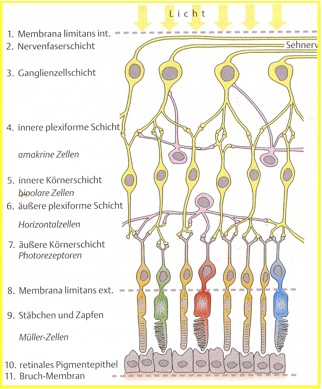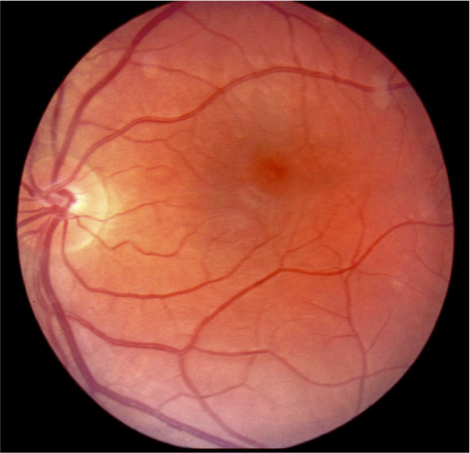The Eye
There is hardly any other organ as fascinating as the eye. It is regarded as a mirror of the soul and our most precious sensory organ.
Some fascinating facts about the human eye:
- The eye captures more than 80% of all information processed by the human brain
- At only 7.5g, the eye is a rather small organ composed of very different tissues packed tightly together (e.g., conjunctiva, cornea, retina, choroid, sclera, lens, vitreous body).

With permission of Allergan-Pharma
- 120 million rods sensitive to brightness and 6 million cones sensitive to colour are bundled into ~1 million nerve fibres forming the basis for image perception in the brain.

- Neurologically speaking, the eye is considered an extension of the brain.
- The optic nerve is a cranial nerve. Half of all cranial nerves eventually lead to the eye.

- The eye reaches its final size and full functionality by age 6, earlier than any other part of the human body.
- The eye offers the only possibility to directly observe blood vessels (veins, arteries) and a nerve (optic nerve).

- Approximately 10% of all human beings have blue eyes. This eye colour is caused by the blue hue of the iris. Darker eye colours are caused by higher concentrations of the brown melanin pigment in the iris. It is assumed that blue eyes developed only approx. 10,000 years ago by a mutation of a gene which inhibits melanin deployment. It is therefore suspected that all blue eyed people descend from one single ancestor.

- The functioning of the eye can be measured more directly and more precisely than most of the functions of other organs. Since the 19th century, ophthalmology has therefore developed a wide range of non-invasive measurements and diagnostics.
